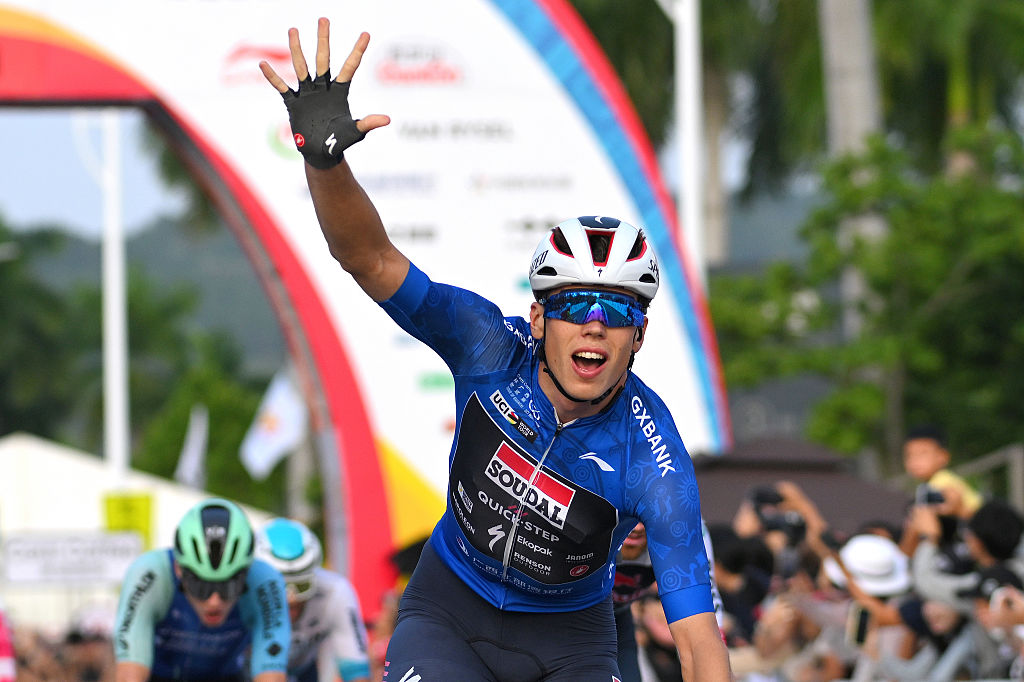Tour de France: Etixx director Tom Steels analyses Cavendish win
'If he's good, he's still the fastest,' says former pro
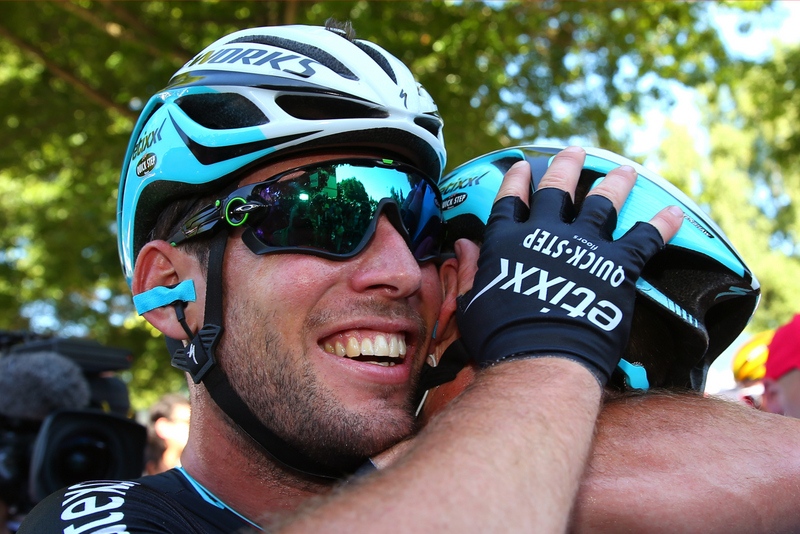
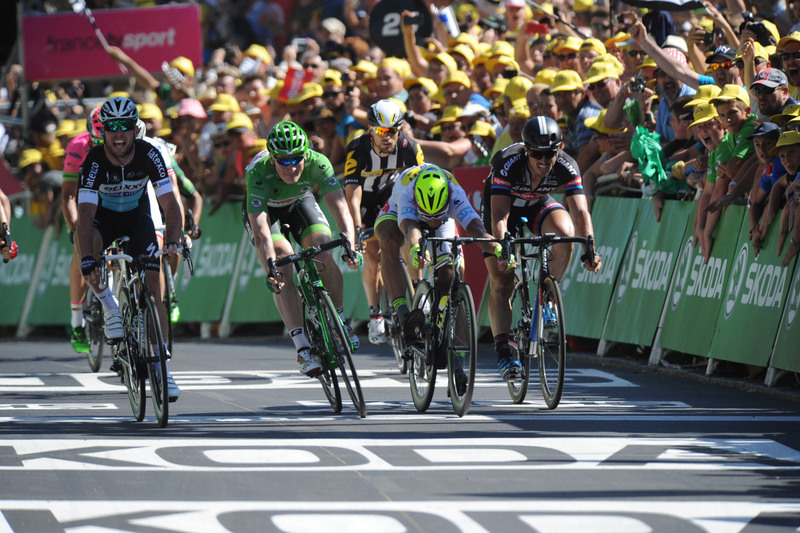
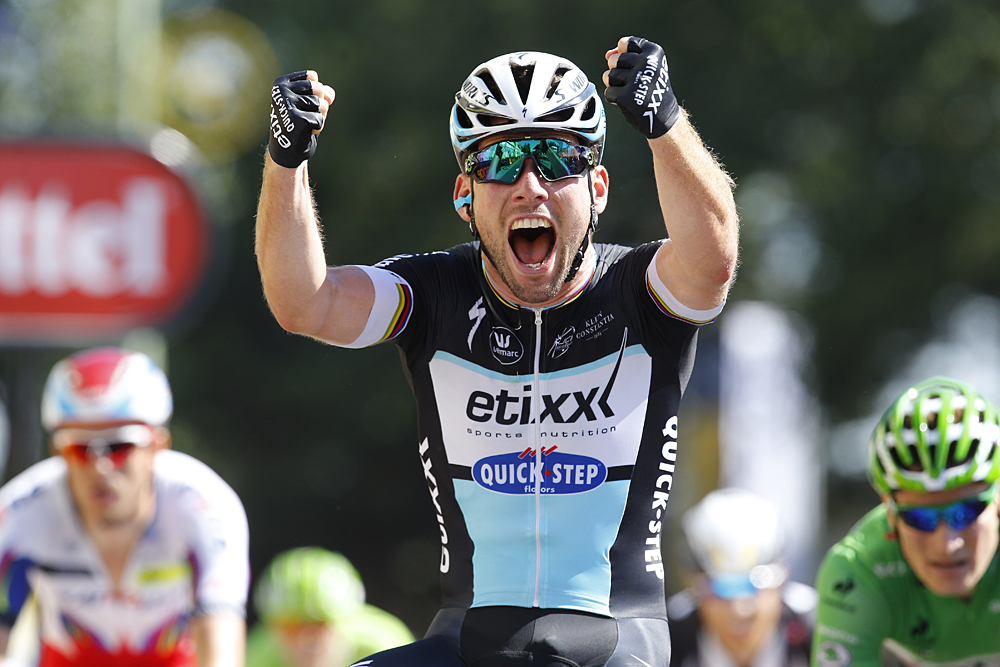
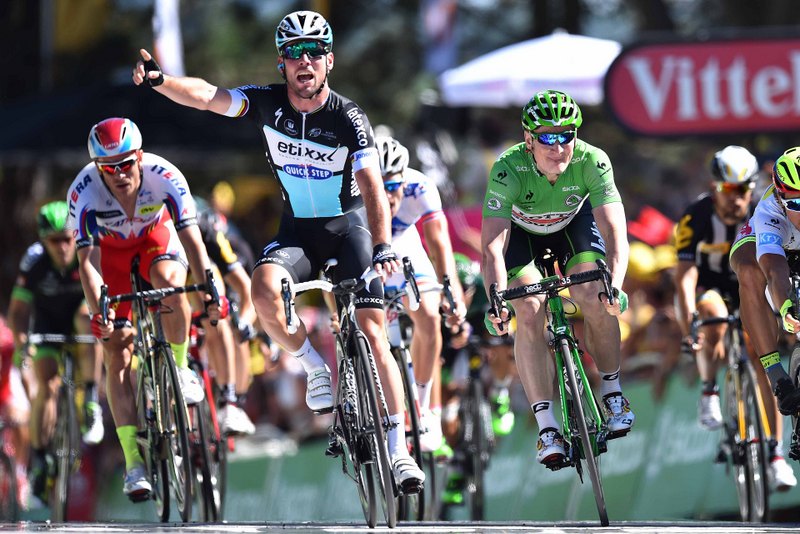
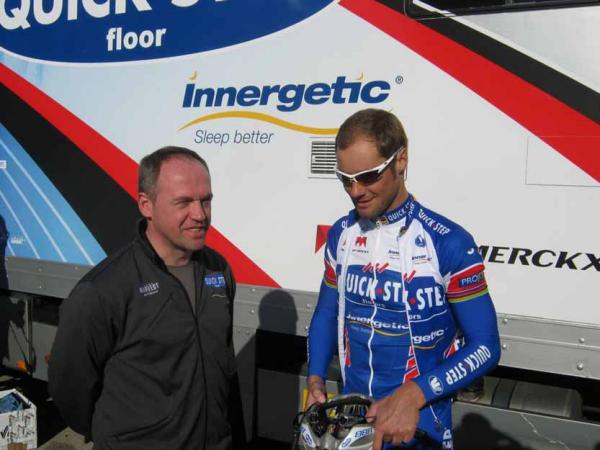
After the 26th Tour de France stage win from Mark Cavendish, Etixx-QuickStep sports director and trainer Tom Steels provided Cyclingnews with expert insight. The former Belgian top sprinter won nine Tour de France stages and is most famous for his bidon-throwing at the 1997 Tour.
After the win from Cavendish in the stage from Livarot to Fougères, Steels analysed Cavendish’s performance. He explained how the pressure was mounting on the shoulders of Cavendish and how the team prepared for the sprint.
“He is who he is. He’s one of the top sprinters. He can falter completely but if he’s good, like today, then he’s still the fastest,” Steels said.
Steels said he believes Cavendish was physically capable of dominating the sprint for a few more years although his mental status would be crucial.
“It was a classy win,” Steels said. “If I saw how he accelerates today in comparison with a top sprinter like Greipel, of whom we have to admit that he’s in top form. We haven’t seen Greipel in peak form at the Tour before. Mark can go on like this for a couple of years, but it’s a mental game too.
“Sprinting is about remaining fresh mentally,” Steels said. “Physically he can keep up for several years. It’s mostly about the pressure. Second place is never enough. If he can cope with that he’s capable of sprinting for a few more years.”
The pressure on Cavendish’s shoulders was massive. Following his disastrous 2014 Tour de France, in which Cavendish crashed out during the first stage, there are relatively few opportunities to get a bunch sprint in the 2015 race. Cavendish is also near end of his contract with Parick Lefevere’s Etixx-QuickStep team.
The latest race content, interviews, features, reviews and expert buying guides, direct to your inbox!
André Greipel (Lotto-Soudal) won the first two bunch sprints, and today’s stage to Fougères in Brittany might be the last chance for the pure sprinters to win a stage before Paris. Steels didn’t believe sprinters would survive in stages like those to Rhodez.
“It’s great he won, for the team but certainly for him too,” Steels said. “It’ll be like there’s 1,000 kilos off his shoulder. He’s never won early on in the Tour. He needs a day or two to reach cruising speed. It’s too bad there’s little chances left to win. The win from Cavendish is good for the team, with the team time trial in mind. A Cavendish in a positive flow can help make the difference."
The two bunch sprint defeats only brought along more pressure, Steels said, even though the team was winning twice and captured the yellow jersey with Tony Martin and Zdenek Stybar.
“Having so little opportunities brings along pressure. It’s high voltage. That’s why it’s good that in this team we have several cards to play. It’s also the team’s strength that all riders want to work for each other. Tony wins one stage but the next day he’s back in the train to lead-out the sprint. That’s classy.
“For Cavendish it was annoying not to win, especially if you have the class and the palmares from Cavendish,” Steels said. “It’s no fun. His toughness allows them to keep trying. The longer it takes to win, the bigger the pressure is becoming. Then again we often see with Cav that he’s at his best in those moments.”
During the previous stages, Cavendish missed out on the victory and he said he had been too anxious. When analyzing the finish of stage 7 to Fougères, it’s obvious that confidence was key to start the sprint in a good position.
“Today it was a hectic final, especially towards that final point because it went downhill,” Steels said. “There were a couple of corners that you could take at full speed, those guys go through it at 70 km/h. Then it’s a matter of trust in your equipment and your own capabilities, and about not touching the brakes.
“Especially the right-left combination went really fast. Even though it seemed to be a hard sprint one was reaching it faster than expected. It was a difficult sprint, especially for a non-sprinter or a GC-rider. I can imagine they’re holding their breath.”
The team was well prepared for this hectic final as Steels explained that the team provides a detailed analysis at the briefing before the start of the stage.
“The tactic has been chosen by then,” Steels said. “In the morning we provide a detailed briefing of the whole stage or especially the final. That way, the riders already know the course. They know, there it goes uphill. The only thing we do while driving the stage before the peloton is checking whether the information we provided in the meeting is correct.
“Today, for example, the descent was steeper than expected, that way you know you’re going to reach the finish sooner. Those are the small details you’re passing on. The basic plan is talked through in the morning. That way the riders can head into the final a bit more confident.”
Obviously a plan always needs modification as other teams play out their tactics too. On Friday, the FDJ-team of sprinter Arnaud Démare moved to the front at 2km from the finish, surprising the Etixx-QuickStep team.
“When the FDJ-train passed by we had to grow back towards our original plan,” Steels said. “That’s not always obvious. We’ve got enough experience in the team to deal with that. They’re not debutants, apart from Zdenek Stybar who rides his first Tour. All the others have so much experience that they can turn around an unexpected situation.”
From there the plan was not to dominate the sprint but to freestyle. Alexander Kristoff (Katusha) was the man to follow on Friday.
“You can do a lead-out at high speed so the guys in the wheel are on their limit. The other option is – like Renshaw says - to freestyle,” Steels said. “Then you’ve got to be on the wheel of the rider you think is going to do it. That was Kristoff, Greipel was just behind him. [Greipel] had to launch his sprint a little bit earlier. Still it was on the right moment. Cav had the legs to win it.”
The corners and roundabouts in the final 2km didn’t make things easier, although course knowledge offered some chances to benefit from the turns.
“There were a couple of key points,” Steels said. “You had to take all the roundabouts on the right-hand side of the road. You had to cut through the corners on the right, then cut off the next one on the left and then go back to the right hand side. There’s not always the space to do what you want.
“Of course you had to be on the right hand side in the final corner. He was there and he wins but also because he had the power. He makes up a bike length in 75 metres. That’s not so obvious against a rider who hasn’t started his sprint from too far out.”
